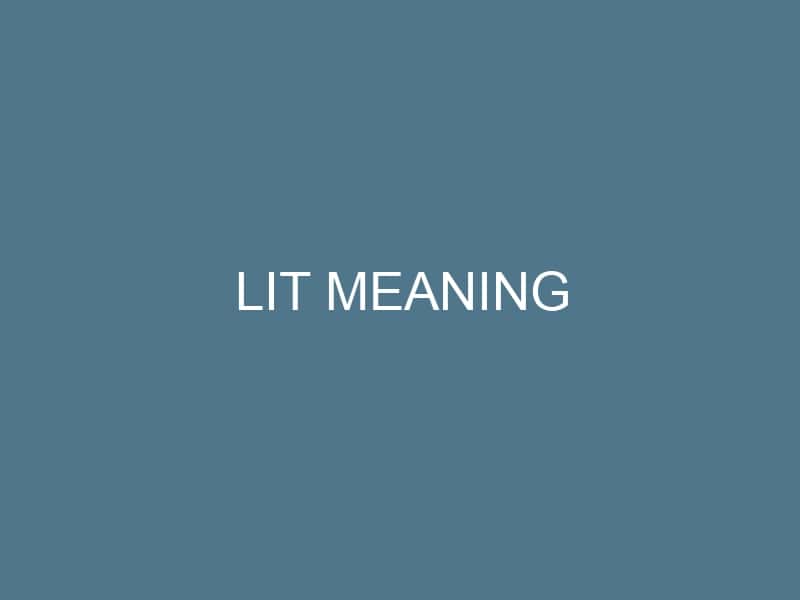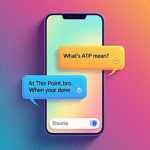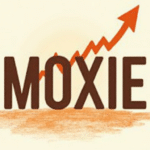In the ever-evolving landscape of teenage slang, one term that’s been gaining traction is “lit.” Derived from the word light, it’s more than just a descriptor; it’s a vibrant expression of excitement or something truly special. Let’s delve into the multifaceted world of “lit” and explore its various use cases, from positive descriptions to its historical connection with intoxication.
The Many Faces of Lit
1. Positive Lit Moments
Teenagers sprinkle “lit” in various contexts to signify excitement:
| Scenario | Example |
|---|---|
| Music festival | The music festival was lit! |
| Social gatherings | Are you at Luz’s quinceanera right now? Yes, it’s lit!!! |
| Sports events | That game was lit! Did you see the tiebreaking kick? |
2. Lit in a Historical Light
While contemporary, “lit” has a historical connotation related to intoxication:
| Scenario | Example |
|---|---|
| Post-celebration aftermath | Nick was so lit last night… |
| Cautionary note | I bet he feels like s**t today. |
The Historic Inebriation: Origins of Lit
To comprehend the contemporary significance of “lit,” we must first illuminate its historical roots. The term initially emerged in the early 20th century, embodying the state of being “intoxicated.” A vivid glimpse into its vintage usage can be found in John McGavock Grider’s 1918 account, where the atmosphere of revelry was described as being “lit.”
| Year | Context |
|---|---|
| 1918 | “We walked into the vamp’s house. We all got lit and had a hell of a time.” – J.M. Grider |
This archaic association with intoxication draws a fascinating link to the verb “light,” implying a radiant or illuminated state akin to the joy induced by revelry.
Lit Renaissance: Resurgence Through Rap
While the “intoxicated” essence persisted over the decades, it experienced a resurgence, particularly in the realms of speech and rap lyrics. Rap, an influential force in shaping linguistic trends, propelled “lit” into a renewed prominence. The word expanded its horizon from describing the act of getting intoxicated to characterizing the environment of those in such a state.
Lit in Transition: Excitement Unleashed
In the past decade, “lit” has transcended its original boundaries. No longer confined to discussions about getting intoxicated, it has seamlessly transitioned to describe vibrant and thrilling experiences. Parties are now deemed “lit,” and moments of exhilaration earn the coveted label of being “exciting” or “excellent.”
| Year | Transition |
|---|---|
| 2004 | Evidence of “exciting” and “excellent” meanings surfaces, with further evolution likely preceding. |
The wild energy of contemporary parties, often documented on social media platforms like Twitter, has played a pivotal role in shaping this extended meaning.
Lit in the Digital Age: From Tweets to Prose
While the “intoxicated” sense remains prevalent in informal settings, the broader meanings of “exciting” and “excellent” have found a new home in edited prose. Leslie Jones’s Twitter commentary on the Olympics, widely regarded as “lit,” serves as a testament to this shift.
Words We’re Watching: Tracking Linguistic Evolution
In the realm of linguistic evolution, “lit” stands as a prime example of a word continually adapting to cultural shifts. Our “Words We’re Watching” series explores terms that are gaining traction but haven’t yet met the criteria for entry.
10 Questions and Answers
- Q: What was the original meaning of “lit”? A: The term initially meant “intoxicated,” dating back to the early 20th century.
- Q: How did rap contribute to the resurgence of “lit”? A: Rap lyrics and culture played a pivotal role in revitalizing the usage of “lit,” extending its meanings beyond intoxication.
- Q: When did “lit” transition from describing intoxication to excitement? A: Evidence suggests a shift around 2004, with a gradual expansion of meanings to include “exciting” and “excellent.”
- Q: Where can the influence of “lit” be observed in contemporary culture? A: The term is prominently featured in social media, especially on platforms like Twitter, where it describes thrilling experiences.
- Q: How has Leslie Jones contributed to the evolving meaning of “lit”? A: Leslie Jones’s Twitter commentary on the Olympics, hailed as “lit,” exemplifies the word’s contemporary use to signify excitement.
- Q: What linguistic factors contribute to the extended meaning of “lit? A: Cultural shifts, especially in digital communication and social media, have played a significant role in broadening the semantic scope of “lit.
- Q: Is the “intoxicated” sense of “lit” still considered slang? A: Yes, the original meaning of being “intoxicated” is still regarded as slang, often used in informal settings.
- Q: How does the historical association with the verb “light” contribute to the understanding of “lit”? A: The link to “light” implies a radiant or illuminated state, reflecting the joy associated with revelry and intoxication.
- Q: What distinguishes the contemporary use of “lit” from its historic meaning? A: While the “intoxicated” sense persists, the contemporary use encompasses a broader spectrum, including excitement and excellence.
- Q: How does “lit” fit into the broader landscape of evolving language? A: As part of our “Words We’re Watching” series, “lit” exemplifies a term in transition, adapting to changing cultural and linguistic norms.
Conclusion: Embracing the Lit Revolution
In conclusion, the evolution of “lit” serves as a fascinating case study in the dynamic nature of language. From its origins denoting inebriation to its contemporary role in describing excitement and excellence, “lit” encapsulates the ever-changing tapestry of our linguistic landscape. As we continue to witness its journey, one thing remains certain—our language is anything but static, and “lit” is at the forefront of this vibrant linguistic revolution. Navigating the world of teenage slang, especially terms like “lit,” requires a delicate balance for parents. Stay engaged, use opportunities to connect, and understand the evolving language of your teenager.








6 thoughts on “LIT Meaning”